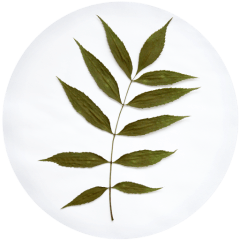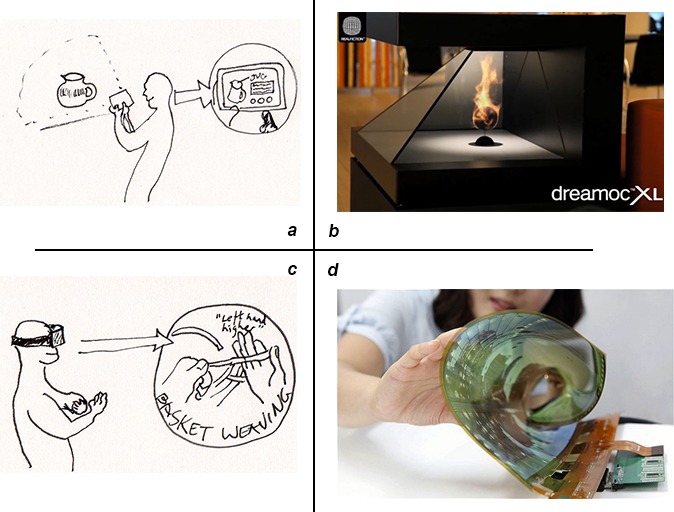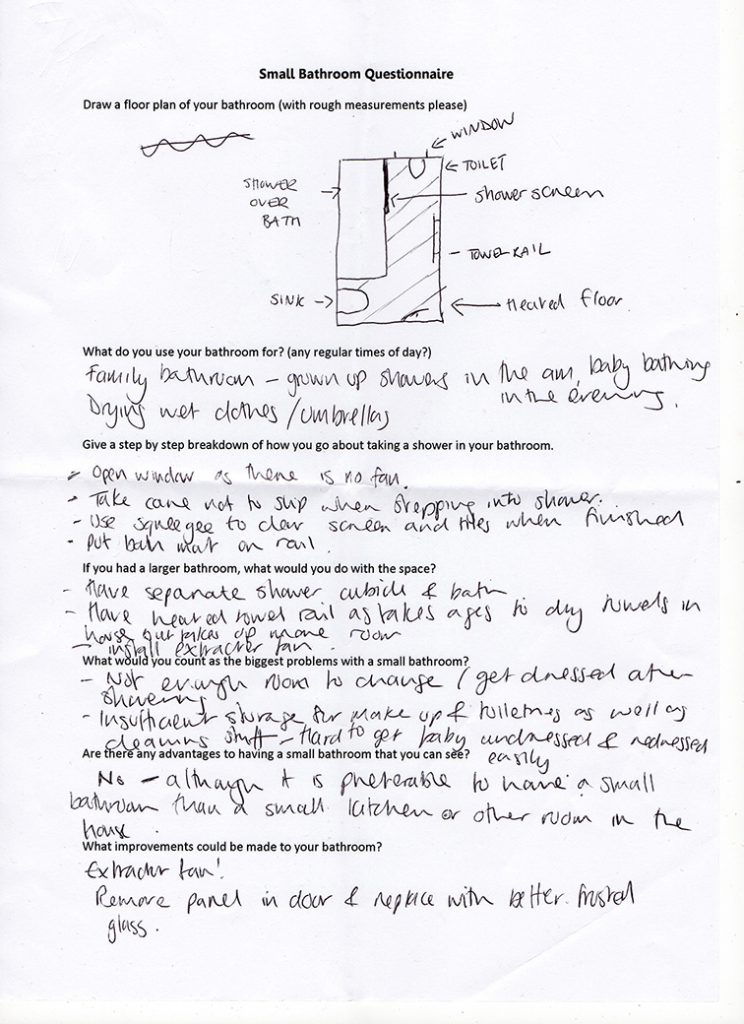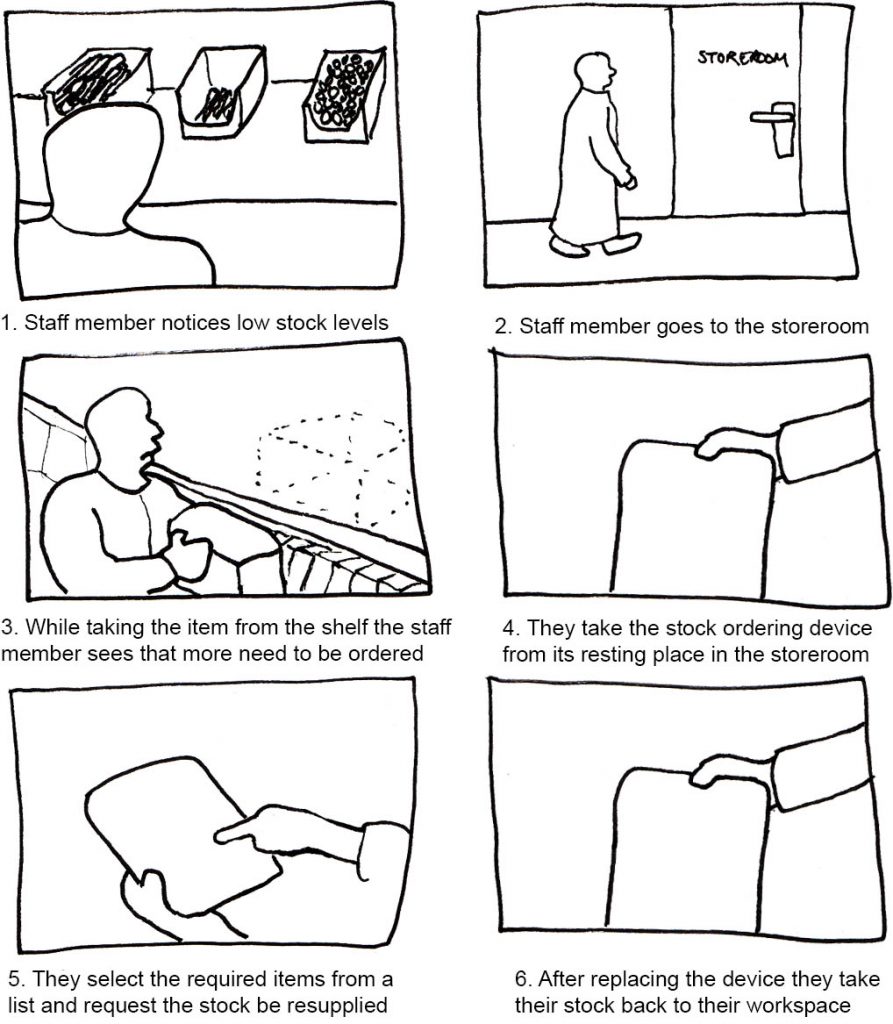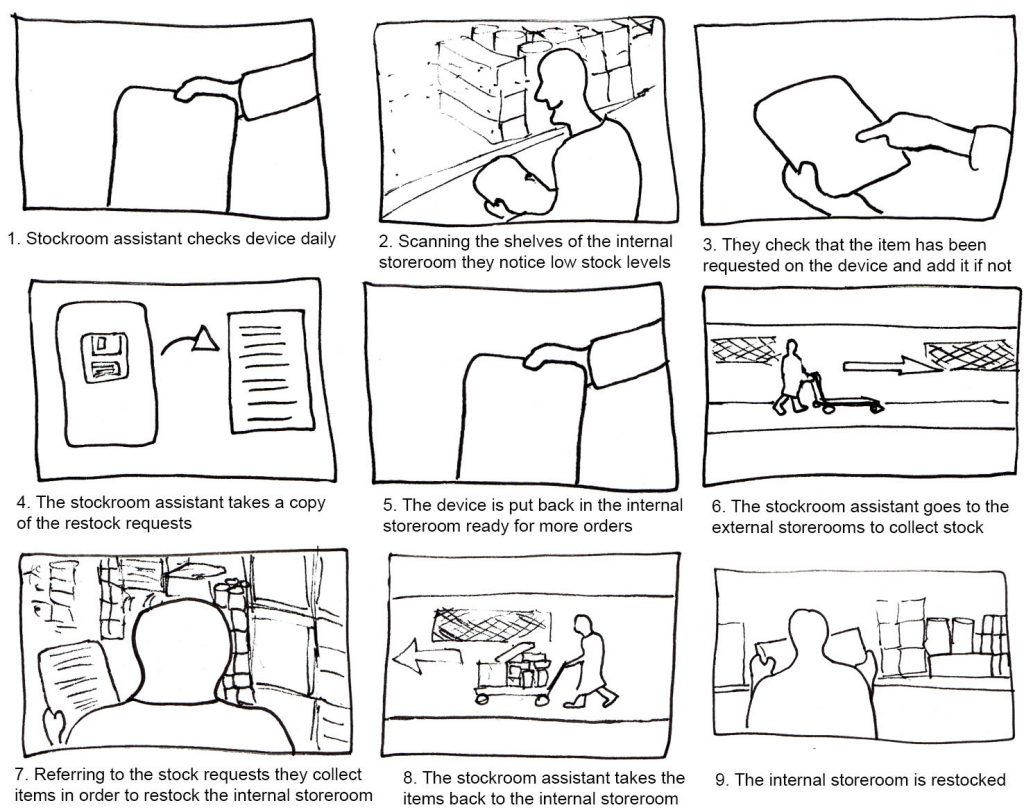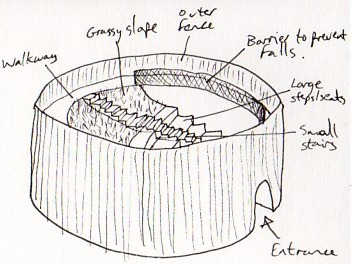User centered design by definition involves aiming the end design squarely at the users and the best UI/UX design directly involves the users in the process. However since UI/UX design is a relatively new field compared to more traditional design roles such as typography or graphic design there is less concensus within the design community about applying syntax, appropriate methodology, suitable tools or techniques etc. What designers do hold in common is the desire to create products or services that fit the users better and this is where I have been particularly focused in recent years.
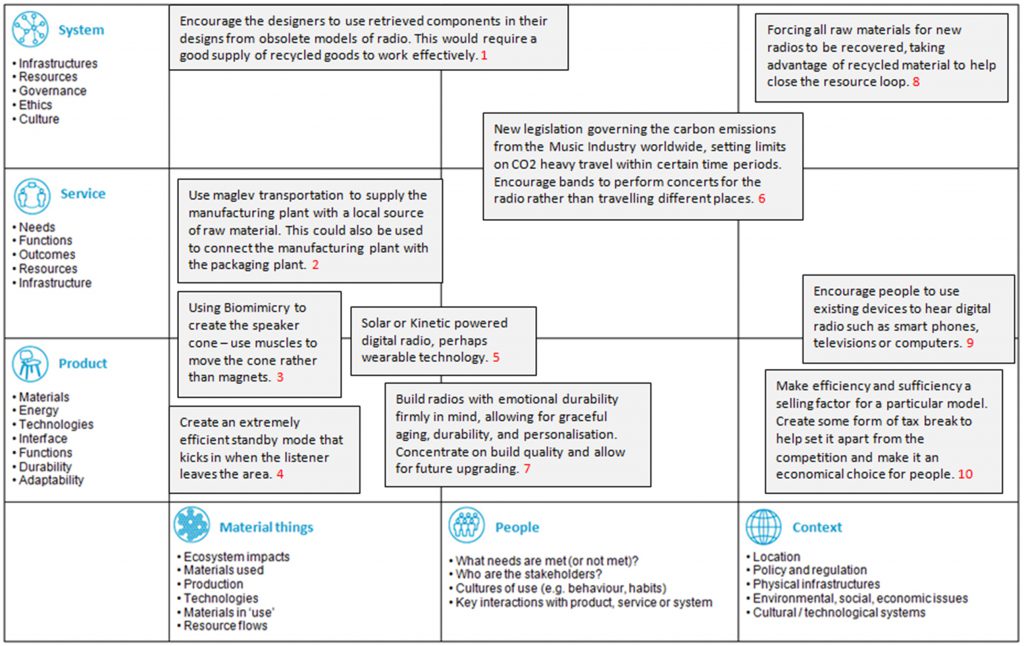
Raw data is only useful once it has been digested properly with consideration for context and potential bias has been highlighted. Naming assumptions is extremely important so that if, in the future, we find out an assumption was false this can be identified and disasterous suggestions/moves can be avoided. Some questions are too open for precise measurements so we can employ qualitative questions that allow for an honest answer or more accurate information. We have all filled out a questionaire where our desired answer falls outside the available choices and this is where an open question works better than a tick box answer. The data collation will be more difficult but the information may be that much more useful!
